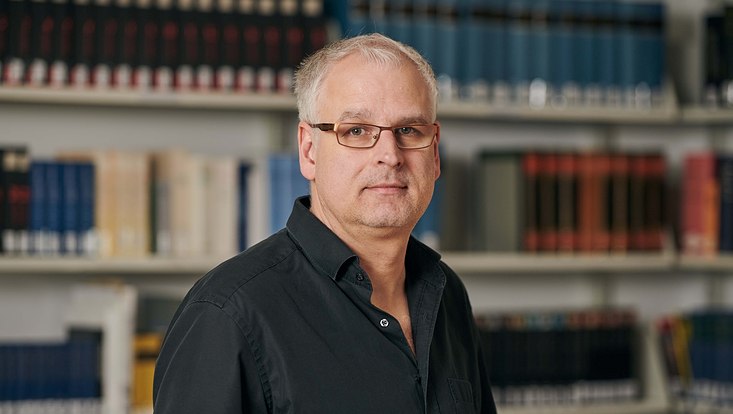Welcome aboard!View from high above: “We zoom in on the surface to a scale of just one meter”Olena Dubovyk strengthens CLICCS and the MIN faculty
15 April 2024, by UHH/Neigenfind

Photo: Eivind Senneset
Every year, Universität Hamburg welcomes numerous new researchers. This series introduces them and their areas of research. This time: geoscientist Prof. Dr. Olena Dubovyk.
Prof. Dr. Olena Dubovyk left the University of Bergen, Norway, to take up the W2 Professorship Earth System Sciences with a Focus on Terrestrial Remote Sensing at Universität Hamburg
You last worked as a professor of remote sensing in Norway. What prompted you to return to Germany?
Universität Hamburg’s call for applications perfectly matched my profile. Remote sensing of the atmosphere and the ocean is well established in Hamburg. I am very happy about the chance to shape a new professorship with a focus on land-based remote sensing.
I also know Germany well and am well-connected here; I did research at the University of Bonn for many years, working as coordinator of the Center for Remote Sensing of Land Surfaces, among other things. And of course, Hamburg is a very vibrant and attractive city that offers a rich cultural life, nature, and a high quality of life. It is a very open, cosmopolitan city, which is also key to my family and me.
What do you find most appealing about Universität Hamburg?
I was mainly motivated by the excellent opportunities for interdisciplinary collaboration and the exceptional research environment at hand. The Cluster of Excellence Climate, Climatic Change, and Society (CLICCS and the Center for Earth System Research and Sustainability (CEN) offer vital platforms for working on the pressing issues of our time across the disciplines, while at the same allowing me to pursue my own geosciences research. This convinced me along with the access to research structures and resources.
What exactly is remote sensing?
Through remote sensing, I can obtain information about objects or phenomena without making physical contact. Instead, I use image data generated by various sensor systems, such as aircraft, drones, or satellites. When I describe my work to my family, I compare the sensors to superpowers, that provide us with a clear and detailed view of the Earth from far above, including fields, trees, and cars, among other things.
In other words, a snapshot of the Earth from above?
Yes, above all, satellite images of the same spots at regular intervals allow us to keep track of every change in minute detail as never before. This has taught us what areas are hot spots due to declining biodiversity, land degradation, and deforestation. Thanks to remote sensing or Earth observation—two terms we often use interchangeably—we have entered an era of data accessibility unparalleled in history. Many countries, including Germany, offer free access to their large-scale satellite programs for research and education purpose.
How does this affect your work?
Scientists around the world can now observe changes on Earth with unprecedented accuracy. In my research, I use satellite images, that allow us to zoom in on the land surface down to a scale of one meter at a one-day frequency. We can thus monitor changes on the Earth’s surface anywhere in the world, every day, at a resolution of one meter only. In this way we will generate huge amounts of data. However, this also poses new challenges, for example, how to handle this wealth of data, how to process it, and where to store it.
Do you develop new perspectives and insights into your teaching, and what are your plans for your students?
So far, terrestrial remote sensing has not been taught systematically at Universität Hamburg. I plan to offer courses that reflect both the latest advances as well as the various theoretical concepts. I aim for my students to get a solid grasp of the field—from introductory courses in the bachelor’s program to advanced courses in the master’s program. I also consider hands-on experience essential to remote sensing. Thus, I will offer practical labs to show my students how they can master the tools of the trade, such as unmanned aerial vehicles (UAVs). They will learn how to use drones and how to process the collected data.
And, of course, I hope to prepare them for the job market in the best possible way. I am really looking forward to devote myself to the tasks at hand. I could tell that there was great enthusiasm and a high demand for remote sensing training in the department, which really motivated me to move to Hamburg.
See the CLICCS website for an in-depth interview with Prof. Dr. Olena Dubovyk.


